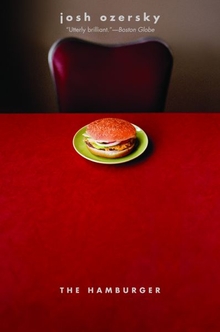Abstract Expressionism
WARNING
You are viewing an older version of the Yalebooks website. Please visit out new website with more updated information and a better user experience: https://www.yalebooks.com
Other Politics
Ann Eden Gibson

Read this book online via the A&AePortal, our art and architectural history eBook platform. To learn more about how to access this book, please contact us.
Out of Print
Gibson argues that the origins and promotion of Abstract Expressionism were influenced by sexual and racial biases, and she shows how both the themes and physical appearance of Abstract Expressionism were gradually defined and refined by the white male artists who became its spokesmen, by critics, and by private and institutional supporters. She offers a justification for rethinking the definition of Abstract Expressionism through the work of such well-known contemporaries as Romare Bearden, Louise Bourgeois, Lee Krasner, Norman Lewis, Alfonso Ossorio, Aaron Siskind, Leon Polk Smith, Anne Ryan, and Hale Woodruff, as well as such lesser known artists as Ruth Abrams, Ronald Joseph, and Thelma Johnson Streat. Gibson contends that the current description of Abstract Expressionism has not only deprived it of such themes as masking, maternity, domesticity, and the experience of African American and Native American culture but has also limited it formally by excluding smaller, representational, and more personal work by canonical as well as noncanonical artists. She demonstrates that exposing the movement's true diversity makes this important heritage even more valuable than it was before.
"Gibson provides the most crucial piece of the puzzle yet in regard to Modernism's feverish designs during the Cold War upon the 'others' of gender, sexuality, race and ethnicity."—Michele Wallace
"Gibson has radically challenged the canon of Abstract Expressionism by reintroducing into this history a group of artists—female, African-American, gay and lesbian, and others—who 'were always there but . . . were not seen.' Her enterprise is both groundbreaking and pacesetting. Her rigorously researched and well-argued conclusions are a beacon for leading us out of decades of art historical blindness and indifference."—Maurice Berger
"A timely and remarkably informed account of the influence that race and gender have exercised in determining the critical success and career development of American artists."—Richard Shiff
"[Gibson] argues that people of color, women, and gays and lesbians, though largely ignored by the established critics, had an equal interest and share in the movement. A valuable addition to American art history studies."—Art Times
Publication Date: November 10, 1999
132 b/w + 59 color illus.








